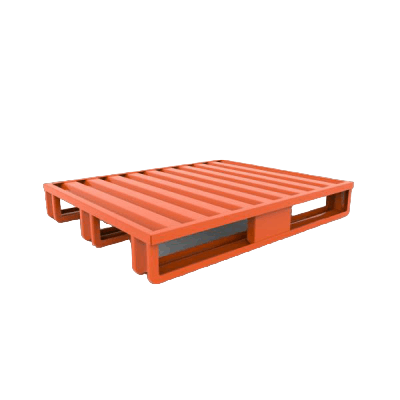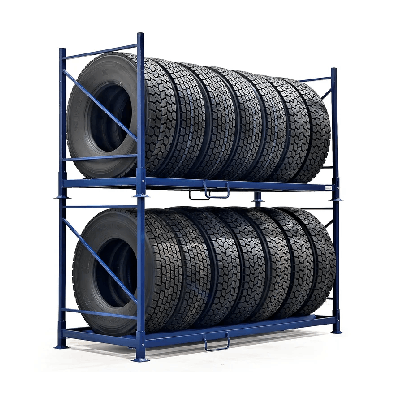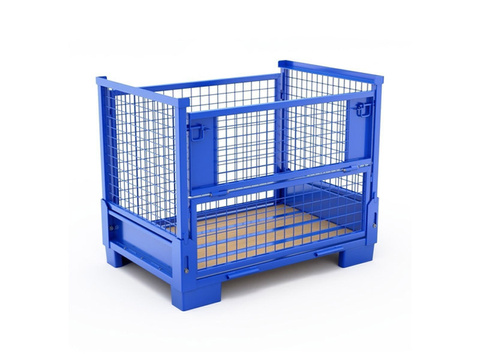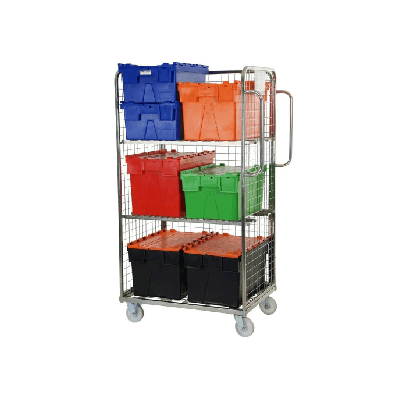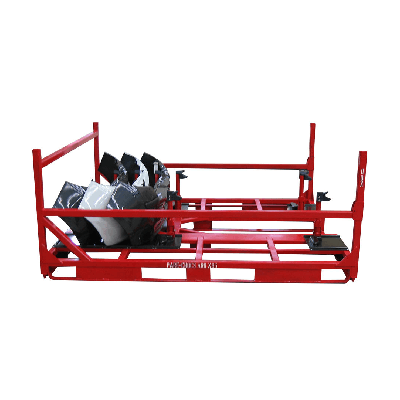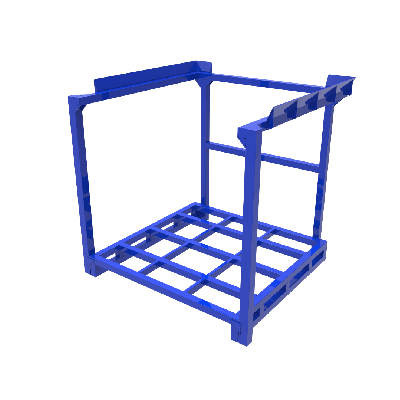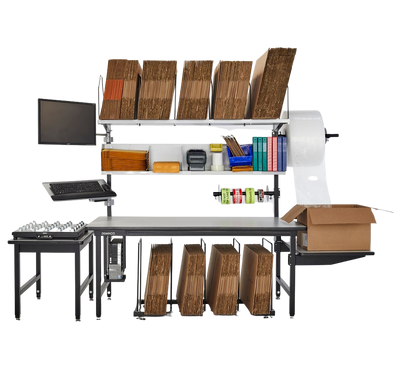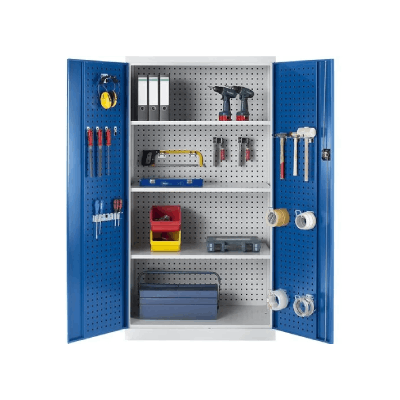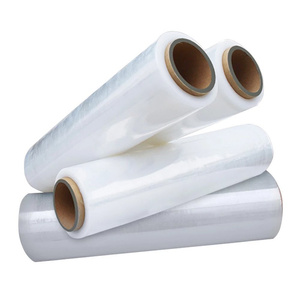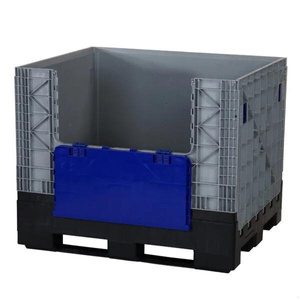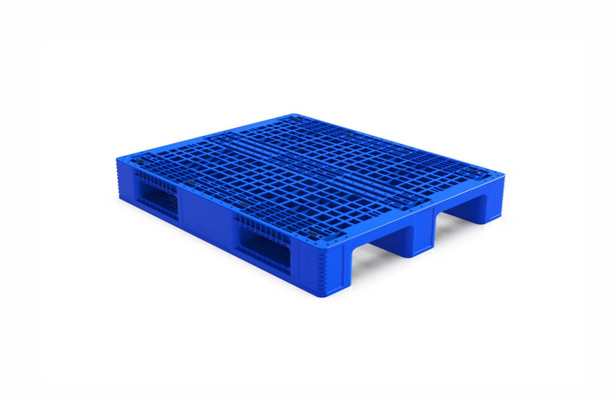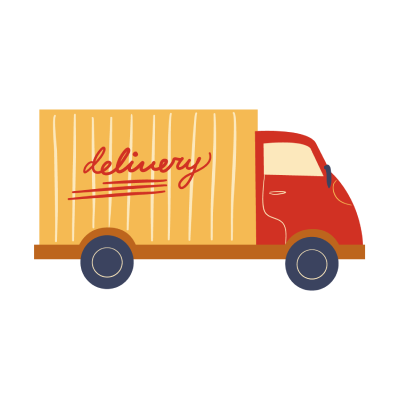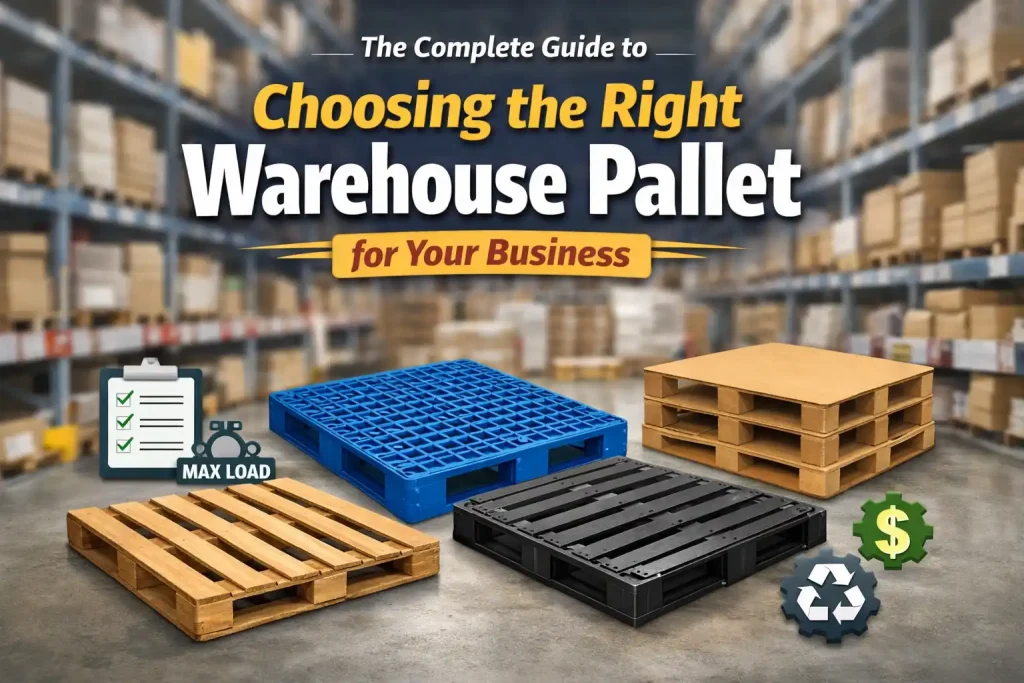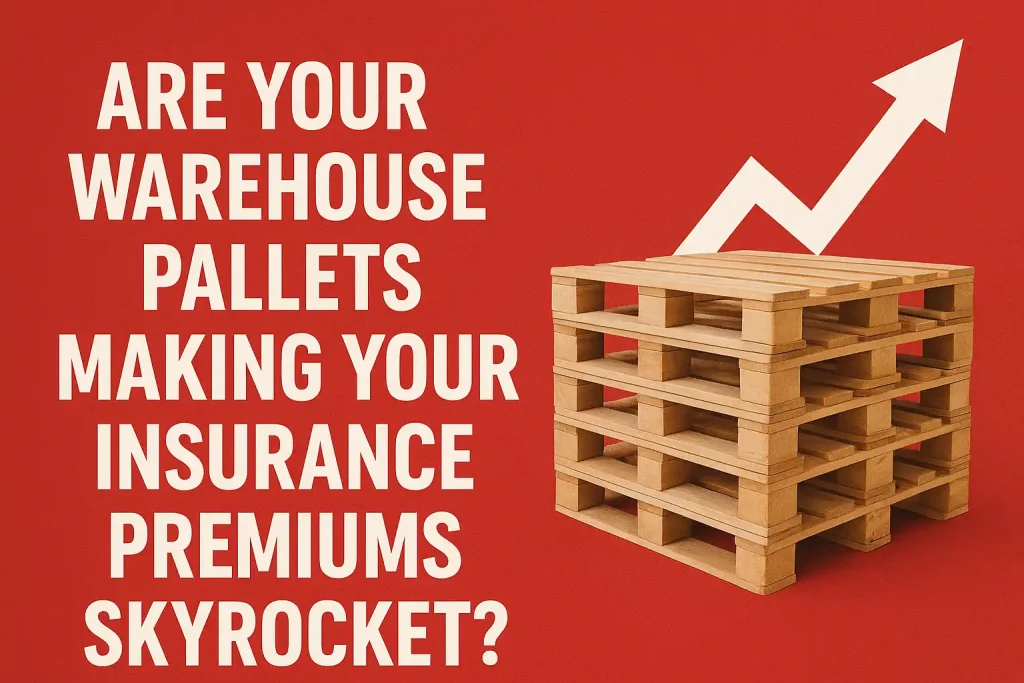The rapid rise of e-commerce has transformed how people shop and how businesses operate. Convenience, quickness, and accessibility are currently the primary drivers of customer expectations. But with these expectations comes a huge challenge: packaging waste. From single-use boxes to plastic fillers, the environmental toll of e-commerce logistics is undeniable. As companies search for sustainable alternatives, Returnable Packaging Solutions are emerging as a game-changer in the logistics industry. These systems are designed not only to reduce waste but also to improve efficiency, cost savings, and customer satisfaction.
This blog explores how returnable packaging is reshaping e-commerce logistics, the benefits it brings, the challenges involved, and why it could become the standard for future supply chains.
Table of Contents
ToggleUnderstanding Returnable Packaging in E-Commerce
Returnable packaging refers to containers, boxes, crates, or pallets that are designed for multiple uses rather than being discarded after a single delivery. Unlike single-use packaging, these solutions can be returned by customers or partners, cleaned, and reused across multiple cycles.
In e-commerce, returnable packaging can take different forms:
- Reusable shipping boxes with durable materials.
- Plastic crates for grocery and food deliveries.
- Collapsible containers that save space when not in use.
- Smart packaging equipped with tracking technology to monitor use and return cycles.
The primary goal is to create a closed-loop system where packaging circulates between businesses and customers, minimizing waste and maximizing resource efficiency.
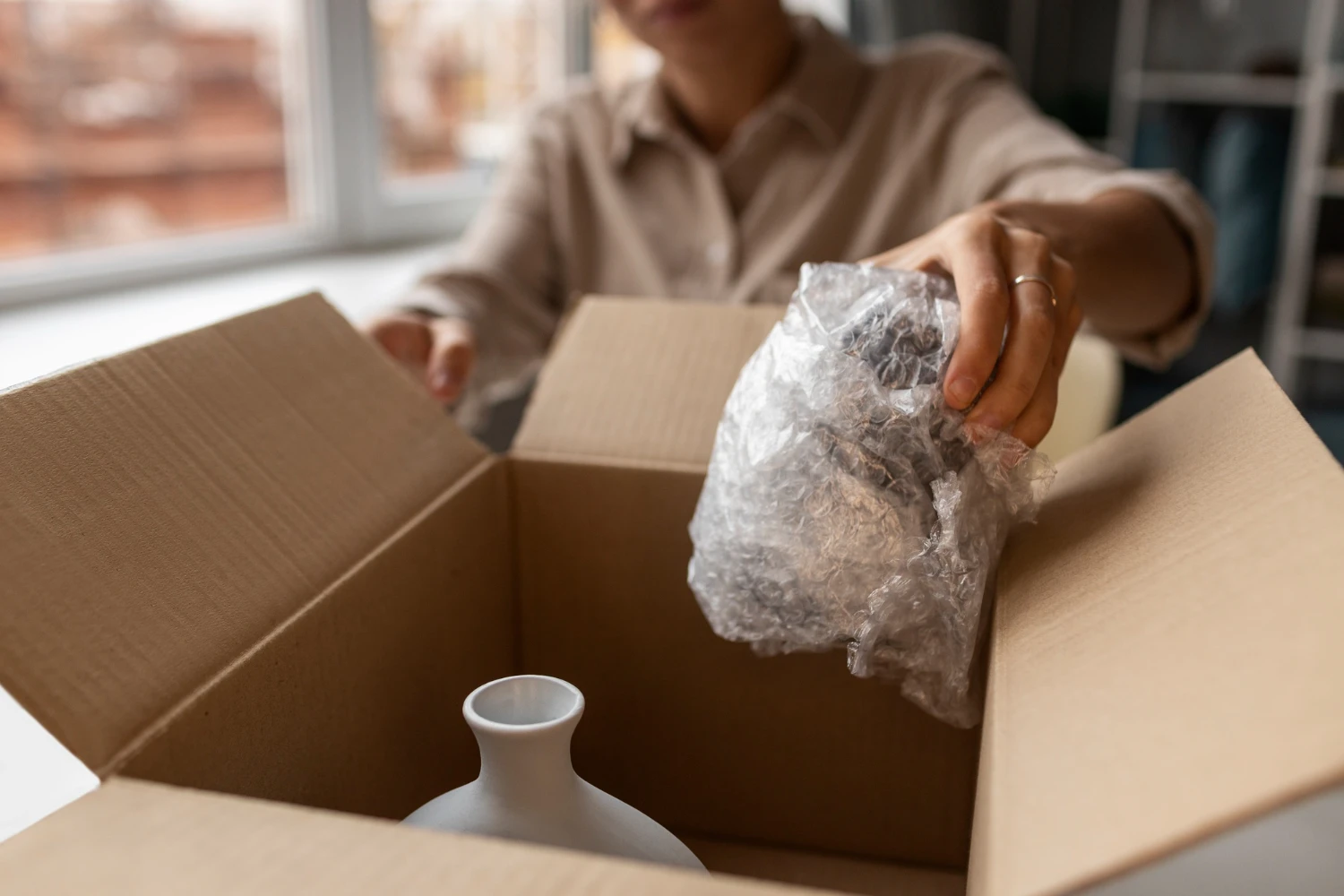
Why Packaging Is a Key Issue in E-Commerce Logistics?
The sheer scale of e-commerce makes packaging a pressing concern. According to industry reports, billions of parcels are shipped globally every year. Each shipment typically involves cardboard, plastic tape, bubble wrap, or other single-use materials that end up in landfills. Even with recycling efforts, much of this waste cannot be effectively reused due to contamination or a lack of proper facilities.
Packaging also affects logistics operations in ways beyond waste:
- Storage efficiency: Bulky, non-standard packaging wastes valuable warehouse space.
- Transportation costs: Oversized or poorly designed packaging increases shipping expenses.
- Customer experience: Excessive packaging frustrates eco-conscious customers who want brands to act responsibly.
By tackling packaging challenges head-on, businesses can reduce costs, improve logistics efficiency, and align with customer values.
Benefits of Returnable Packaging Solutions in E-Commerce
1. Environmental Sustainability
The most obvious advantage is waste reduction. A single reusable container can replace dozens, if not hundreds, of disposable boxes. Over time, this drastically reduces the volume of waste entering landfills and lowers carbon emissions associated with producing new materials.
2. Cost Savings
While beginning to invest in durable packaging is costlier, firms get long-term benefits. Returnable packaging reduces the need for continuous purchases of single-use materials. It also helps cut down on shipping costs by optimizing space and minimizing damage to products during transit.
3. Operational Efficiency
Returnable packaging is designed with durability and standardization in mind. This makes it easier to handle, stack, and store in warehouses. Many solutions are collapsible or nestable, saving space when returned. Additionally, smart tracking technology can help companies monitor assets and streamline reverse logistics.
4. Brand Image and Customer Loyalty
Modern consumers are increasingly conscious of sustainability. By adopting eco-friendly packaging, companies can strengthen their brand reputation. Customers who feel aligned with a brand’s values are more likely to remain loyal and even advocate for the company.
5. Product Protection
Durable packaging materials offer better protection than flimsy disposable alternatives. This reduces the rate of product returns due to damage, cutting operational costs and enhancing the overall customer experience.

Challenges of Implementing Returnable Packaging
While the benefits are compelling, returnable packaging is not without its hurdles.
1. Reverse Logistics Complexity
Getting packaging back from customers requires an effective reverse logistics system. This involves pickup, transportation, cleaning, and redistribution, all of which can add logistical complexity.
2. Customer Compliance
The success of returnable systems depends heavily on customer participation. Clear instructions, convenient return methods, and incentives may be necessary to encourage compliance.
3. Initial Investment
Durable packaging materials cost more upfront compared to disposable ones. Businesses need to carefully evaluate return rates and lifespan to ensure the investment pays off.
4. Sanitation and Quality Control
In industries such as food and pharmaceuticals, hygiene is critical. Returnable packaging must be properly cleaned and maintained to meet safety standards, which can require additional resources.
Technological Advancements Driving Adoption
Technology is helping to make returnable packaging more possible for e-commerce.
- RFID and Barcode Tracking: Businesses can track packaging assets throughout the supply chain, ensuring they are returned and reused efficiently.
- IoT Integration: Smart packaging embedded with sensors provides data on usage, temperature, and return cycles.
- Automation in Warehouses: Automated systems make it easier to handle standardized reusable containers, reducing labor costs and improving throughput.
These innovations address many of the challenges and make the system more appealing for large-scale implementation.
Returnable Packaging and Customer Experience
E-commerce is not just about delivering a product—it’s about delivering an experience. When customers receive orders in sleek, reusable packaging, it sends a strong message of responsibility and innovation. Some businesses have even introduced packaging-as-a-service models, where customers can return packaging through designated collection points or postal services at no extra cost.
Convenience remains the key. If the return process is simple and intuitive, customers are more likely to embrace it. Incentives such as discounts or loyalty points for returning packaging can further encourage participation.

Industry Examples and Case Studies
Several companies are already experimenting with or fully embracing returnable packaging:
- Grocery Delivery Services: Many online grocers now use reusable crates to deliver fresh produce. Customers return them on the next delivery, making the system seamless.
- Fashion Brands: Some apparel retailers have launched reusable garment bags that customers send back after trying on or keeping items.
- Electronics and High-Value Goods: Reusable packaging with shock-resistant materials ensures safe transport and reduces damage.
These examples show that returnable packaging can be adapted to diverse sectors within e-commerce.
The Future of E-Commerce Logistics
The shift toward sustainable practices is no longer optional—it’s becoming a necessity. Governments are implementing stricter regulations on packaging waste, and customers are demanding more eco-friendly solutions. Returnable packaging is poised to become a cornerstone of future logistics strategies.
We can expect to see:
- Collaborative platforms where multiple businesses share returnable packaging pools to reduce costs.
- Standardization of packaging sizes and materials for broader industry adoption.
- Greater integration with green logistics, such as electric delivery fleets and carbon-neutral shipping.
The companies that invest early in sustainable solutions will gain a competitive edge, building stronger relationships with customers and partners alike.
Conclusion
E-commerce has revolutionized shopping, but it has also amplified the packaging waste crisis. Returnable Packaging Solutions offer a path forward by combining sustainability, efficiency, and customer satisfaction. While challenges such as reverse logistics and initial investments exist, the long-term benefits are too significant to ignore. Technology, customer engagement, and industry collaboration are already paving the way for large-scale adoption.
As the industry evolves, returnable packaging will likely become the norm rather than the exception. Businesses that take the leap today will not only reduce their environmental footprint but also enhance their bottom line and brand reputation. In this journey toward sustainable logistics, solutions like those provided by Kole Pallet stand as valuable partners in shaping the future of e-commerce packaging.
Frequently Asked Questions:-
1. What are returnable packaging solutions in e-commerce?
- Returnable packaging solutions are reusable containers, boxes, or crates designed for multiple delivery cycles. Instead of being discarded after one use, they are collected, cleaned, and reused, reducing waste and improving logistics efficiency.
2. How do returnable packaging solutions benefit e-commerce businesses?
- They reduce packaging waste, lower long-term costs, optimize warehouse and transportation efficiency, improve product protection, and enhance brand reputation by aligning with eco-conscious customer values.
3. What challenges do companies face with returnable packaging?
- The main challenges include building an effective reverse logistics system, ensuring customer compliance, covering higher upfront costs, and maintaining sanitation standards for safe reuse.
4. How can technology support returnable packaging systems?
- Technologies like RFID tracking, IoT sensors, and automation in warehouses help monitor reusable assets, streamline returns, and improve efficiency in managing returnable packaging cycles.
5. Will returnable packaging become the future of e-commerce logistics?
- Yes. With stricter government regulations on packaging waste and rising customer demand for sustainability, returnable packaging is expected to become a standard practice in e-commerce logistics.

